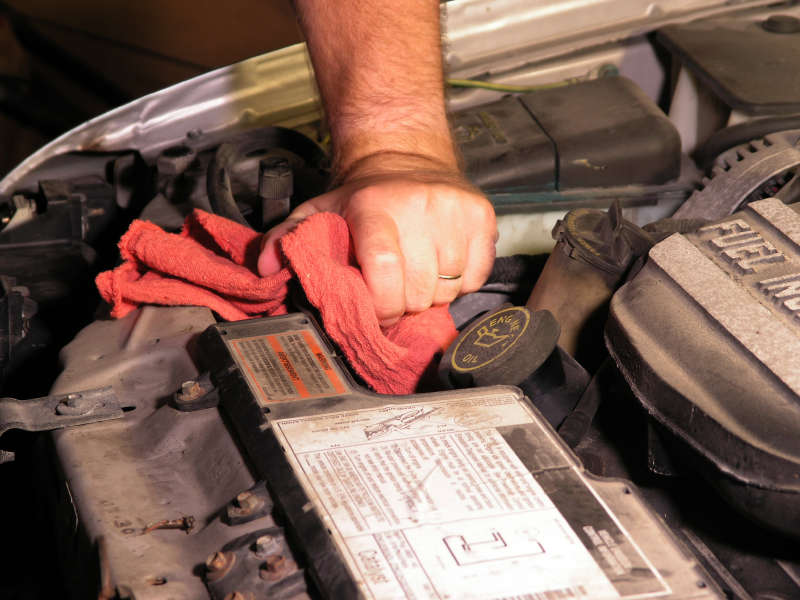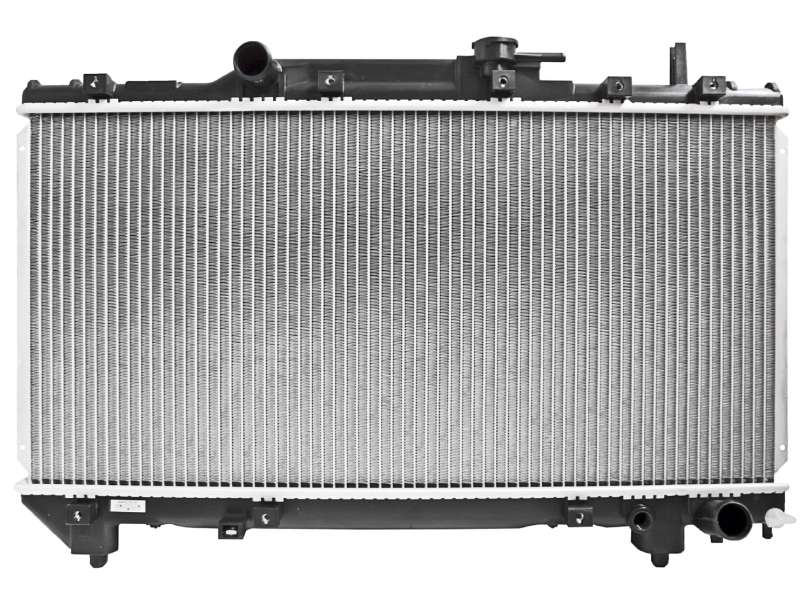Recent Articles
Popular Makes
Body Types
How To Flush A Radiator

Coolant loses its anti-corrosion properties over time, so its a good idea to do a cooling system flush every few years. Knowing how to flush a radiator could save you some money and prevent a trip to the breakdown lane. Depending on your car you'll need 1-2 gallons of antifreeze and 1-2 gallons of distilled water (or 2-4 gallons of premixed antifreeze), a working garden hose, and a bucket. Because antifreeze is toxic you should also wear gloves and eye protection. Before starting work on a car's cooling system ensure that the engine and coolant are cold – it can take several hours after driving for the car to cool down completely.
Remove the cap from the expansion tank or radiator and check its condition. Replace the cap if its broken or looks as though it won't seal properly (most coolant systems work under pressure). Locate the drain cock on the bottom of the rad and loosen it to allow the old antifreeze to empty into the bucket. If there is no drain you may need to remove the lower radiator hose. Check all the hoses for cracks and bulges and replace any that show signs of wear. Once the radiator is empty close the drain cock and properly dispose of the coolant. Antifreeze should not be left around or poured down a drain as it is poisonous and attracts animals.
Using your garden hose fill the system with water, let it sit for a few minutes, and then drain the water. Refill the system with the garden hose, start your car briefly to circulate the coolant, and then drain the system again. If the water running out of the rad is clear, you're ready to refill the system with antifreeze. If the water still has traces of the old coolant, refill the system with water and repeat the process again. When flushing the radiator to change from one type of antifreeze to another you will want to make sure that the system is especially clean.
Check the antifreeze that you are using to see how to mix it with the distilled water, normally 50/50 is ideal. The coolant and distilled water should be combined before you pour them into the car to ensure that they are properly mixed – if you are using premixed coolant these steps have already been taken care of. Fill the system with the coolant/water mix, but leave the cap off. Start the car and allow it to run for 10-15 minutes while monitoring the temperature gauge. As the coolant is pumped through the engine any air should be forced out. Top off the radiator and replace the cap. Take the car for a short drive and check for any leaks or other problems. If the car seems to be running hotter than normal there may still be air trapped in the system. Let the car cool down, remove the radiator cap, and run the car for another 10-15 minutes to allow the air to escape.
